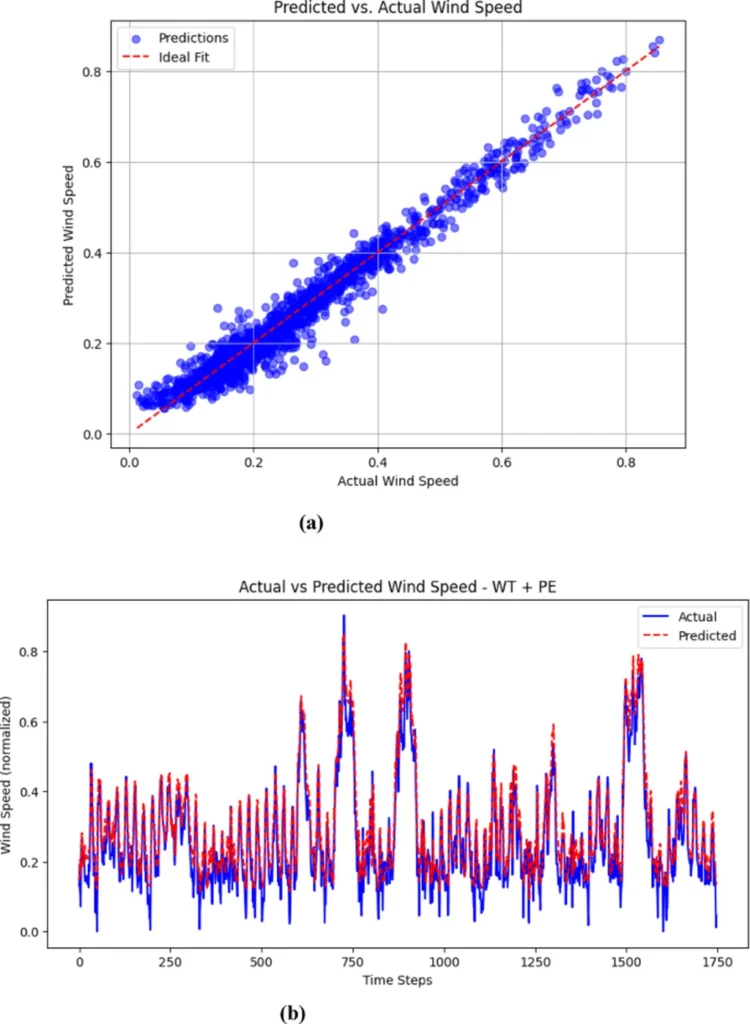In the ever-evolving landscape of renewable energy, accurate wind power forecasting stands as a cornerstone for efficient grid management and profitable energy trading. A recent study published in the journal “IEEE Access” introduces a groundbreaking methodology that could significantly enhance the precision of wind power predictions, even in the face of missing data. The research, led by Xiaoou Li from the Departamento de Computación at Cinvestav in Mexico City, presents a novel approach that combines multiple Autoregressive Integrated Moving Average (ARIMA) models with neural network-based fusion strategies.
The study addresses a critical challenge in the energy sector: the robust forecasting of wind power despite incomplete data. Traditional methods often struggle with missing data points, leading to inaccuracies that can ripple through grid management and energy trading systems. Li and his team propose a solution that first identifies distinct operational regimes within wind power data using statistical properties. Each regime is then used to train specialized ARIMA models. The real innovation, however, lies in the subsequent step: the integration of neural networks to fuse these segmented forecasts.
These neural networks are designed to learn and exploit the intricate relationships between predictions from different operational regimes. Moreover, they dynamically adapt their fusion strategy based on the availability of current data and the predicted reliability of each ARIMA model. This adaptability is crucial for compensating for missing data points, ensuring more accurate and robust forecasts.
“Our approach not only improves the accuracy of wind power predictions but also enhances the robustness of the forecasting process,” Li explained. “By leveraging the strengths of both ARIMA models and neural networks, we can better handle the complexities and uncertainties inherent in wind power data.”
The study’s findings are backed by extensive experiments conducted on real-world wind power datasets characterized by varying missing data patterns. The results demonstrate the superior accuracy and robustness of the proposed methodology compared to conventional forecasting methods. This advancement could have significant commercial impacts for the energy sector, enabling more efficient grid management and more profitable energy trading.
The integration of multiple models and neural networks represents a significant leap forward in the field of wind power forecasting. As Li noted, “This research opens up new possibilities for enhancing the reliability and efficiency of renewable energy systems, ultimately contributing to a more sustainable energy future.”
The study, published in the journal “IEEE Access,” which translates to “IEEE Open Access,” underscores the potential of data-driven approaches in addressing the challenges of renewable energy forecasting. As the energy sector continues to evolve, the insights gained from this research could shape future developments, paving the way for more accurate and reliable wind power predictions.

